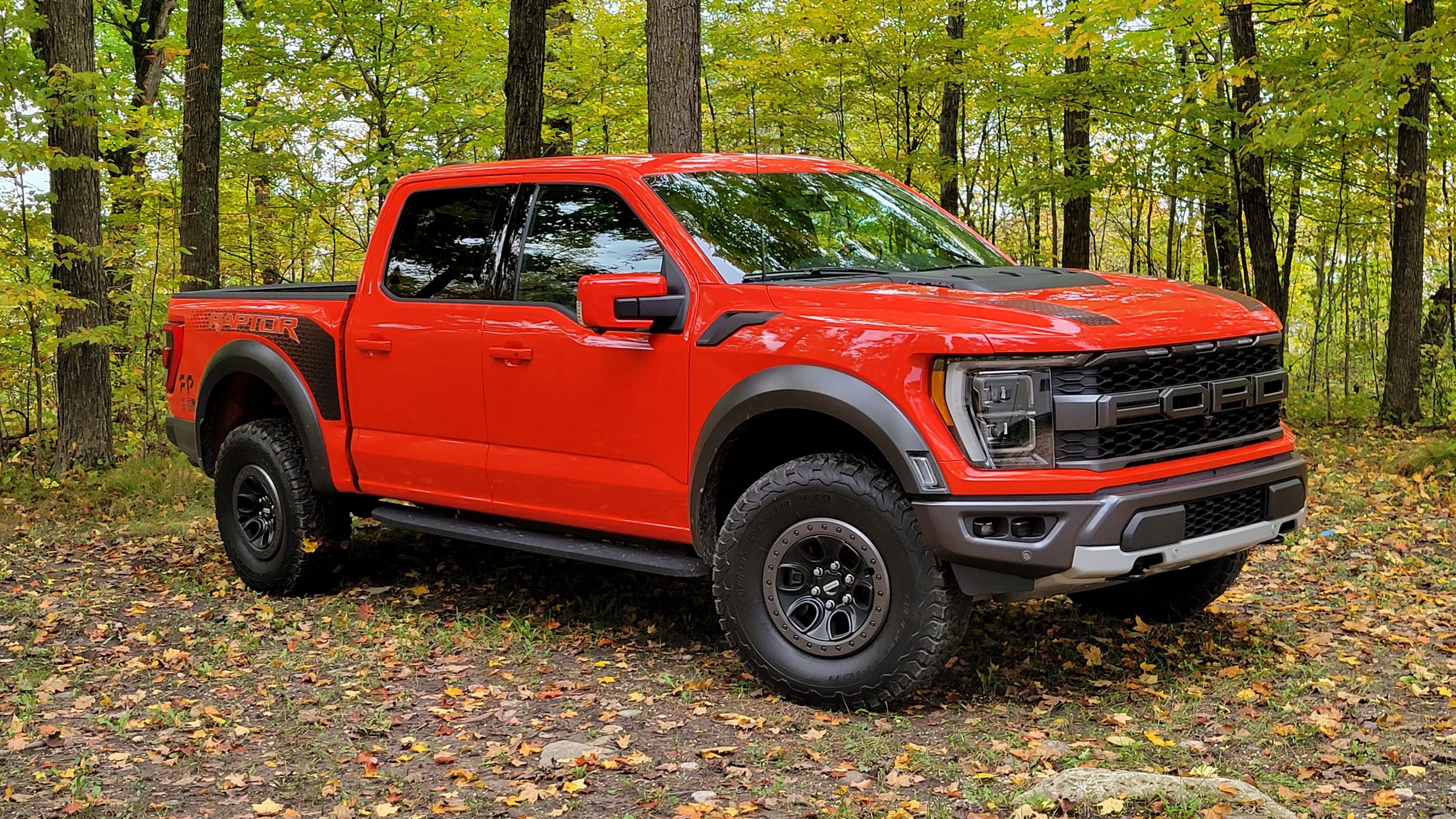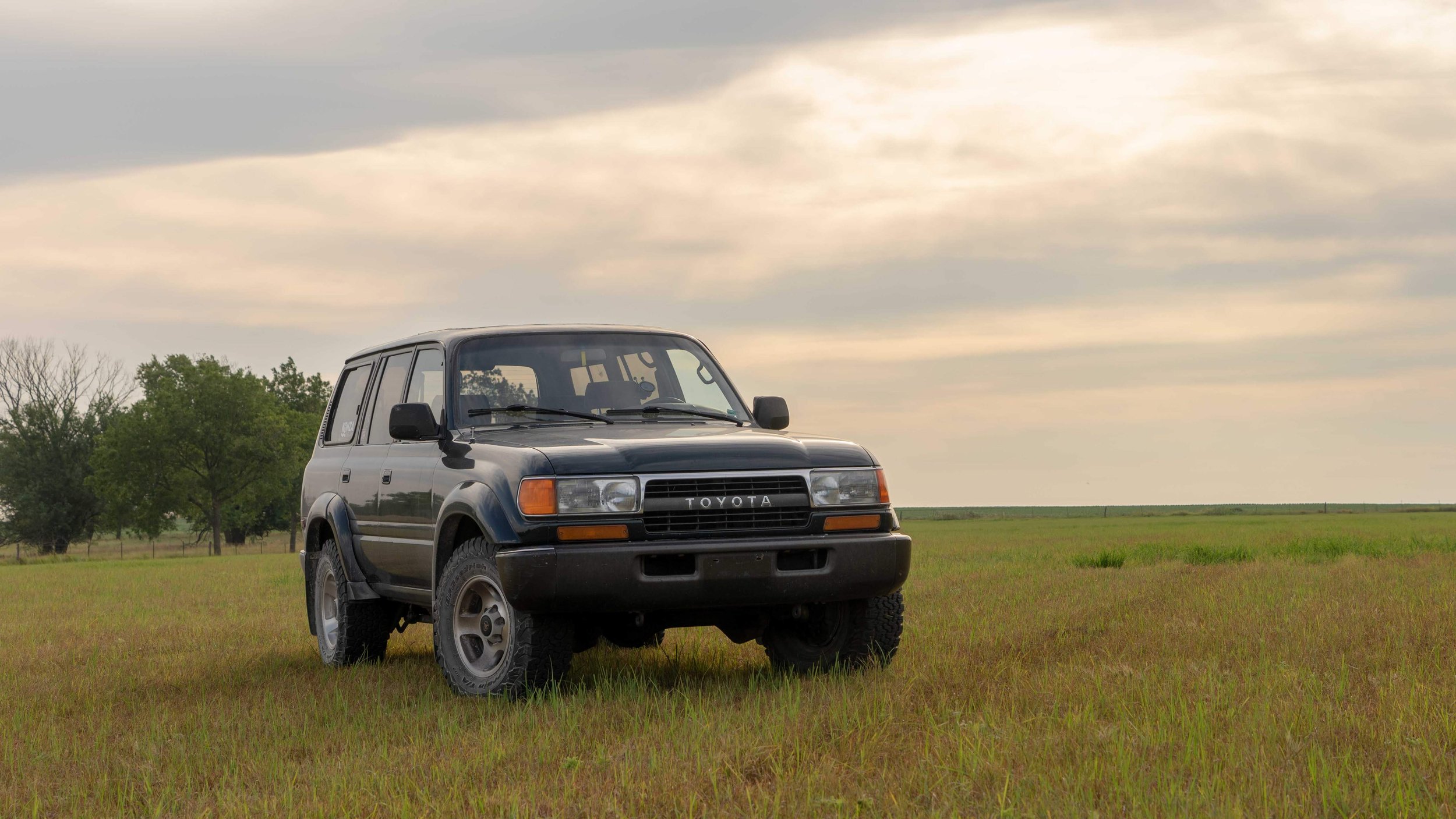Off-road enthusiasts are always looking for ways to improve their vehicle performance, and one aspect that often comes up is wheel size. Specifically, the debate over whether small wheels with big tires or large wheels with small tires are better for off-roading. In this article, we’ll take a closer look at how wheel size affects off-road performance and settle the debate once and for all.
Small Wheels, Big Tires, Off Road: The Benefits
Increased Traction
When it comes to off-roading, traction is critical. Without sufficient traction, your vehicle will struggle to navigate steep inclines, loose gravel, and other obstacles commonly found on the trails. This is where small wheels with big tires shine. By using a larger tire, you increase the surface area making contact with the ground, and providing more grip and traction. This allows you to climb steeper inclines, navigate through mud and snow, and tackle more challenging terrain.
In addition to providing more traction, small wheels with big tires also offer better flotation. The larger tire creates a wider footprint, distributing the vehicle’s weight over a larger area. This helps to prevent the vehicle from sinking into the soft or loose ground, such as sand or mud, by increasing the surface area in contact with the ground. The result is a more stable ride with less chance of getting stuck or bogged down.
Furthermore, the increased traction and flotation provided by small wheels with big tires can also help to prevent wheel spin. When a tire loses traction, it begins to spin, which can cause damage to the tire and decrease your vehicle’s forward momentum. With larger tires, there is more surface area in contact with the ground, reducing the likelihood of wheel spin and helping to maintain your vehicle’s momentum. Overall, using small wheels with big tires is an effective way to increase traction and improve your vehicle’s off-road performance.

Improved Ground Clearance
Without sufficient ground clearance, your vehicle may scrape against rocks, logs, or other obstacles, causing damage to your vehicle’s undercarriage. This is where using small wheels with big tires can provide an advantage. By using a larger tire, you can effectively increase your vehicle’s ride height, improving your ground clearance.
With larger tires, you can also choose a tire with a taller sidewall, which can further increase your vehicle’s ride height. This additional height allows you to clear larger obstacles, such as rocks or logs, without damaging your vehicle’s undercarriage. In addition, the increased ride height provided by small wheels with big tires can also improve your vehicle’s approach and departure angles, making it easier to navigate over steep inclines and declines.
It’s important to note that increasing your vehicle’s ride height by using small wheels with big tires can also affect your vehicle’s center of gravity. A higher center of gravity can make your vehicle more prone to tipping over, especially on off-camber terrain. To offset this, it’s important to also consider adding suspension upgrades or other modifications to improve your vehicle’s stability and prevent tipping. Overall, using small wheels with big tires can effectively increase your vehicle’s ground clearance, allowing you to tackle more challenging terrain with confidence.

Better Suspension
When off-roading, a vehicle’s suspension system is put to the test. The rough terrain can cause significant impacts and vibrations, which can lead to damage to your vehicle’s suspension components over time. This is where using small wheels with big tires can provide an advantage. The larger tire’s sidewall acts as an additional cushion, helping to absorb more of the shock and impact from the rough terrain. This, in turn, helps to reduce the impact on your vehicle’s suspension system, resulting in less wear and tear on your components.
In addition to providing a smoother ride, the improved suspension offered by small wheels with big tires can also increase your vehicle’s stability. The larger tire’s increased sidewall height allows for more flex, which helps to distribute the weight of your vehicle more evenly. This can provide more contact with the ground, reducing the risk of rollovers, and providing more overall stability.
Furthermore, the improved suspension provided by small wheels with big tires can also help to prevent bottoming out. Bottoming out occurs when the undercarriage of your vehicle comes into contact with an obstacle, such as a rock or log. By using larger tires, you effectively raise your vehicle’s ride height, providing more clearance between the undercarriage and the ground. This can help to prevent damage to your vehicle’s undercarriage and prevent getting stuck. Overall, using small wheels with big tires is an effective way to improve your vehicle’s suspension and provide a smoother, more stable ride while off-roading.
Large Wheels, Small Tires: The Benefits

Improved Handling
While small wheels with big tires provide increased traction, large wheels with small tires offer improved handling. With a smaller tire, you have less sidewall flex, which means your vehicle responds quicker to steering input. This can be advantageous when navigating tight trails or when you need to make sudden turns.
Better Fuel Efficiency
Another advantage of using large wheels with small tires is better fuel efficiency. Smaller tires have less rolling resistance, which means your engine doesn’t have to work as hard to turn them. This can lead to improved gas mileage, which is always a plus when off-roading.
Improved Braking
Finally, large wheels with small tires offer improved braking performance. With a smaller tire, you have less mass to slow down, which means your brakes can work more effectively. This can be especially important when off-roading in steep terrain, where you need to rely on your brakes to control your vehicle’s speed.

So, which is better for off-roading, small wheels with big tires or large wheels with small tires? The answer is that it depends on your specific needs and preferences. If you’re looking for increased traction, improved ground clearance, and better suspension, then small wheels with big tires are the way to go. However, if you’re more concerned with handling, fuel efficiency, and braking performance, then large wheels with small tires may be the better option.
Ultimately, the key is to choose the wheel size and tire combination that best meets your needs and fits your vehicle. Consider the terrain you’ll be off-roading on, your driving style, and your budget when making your decision. With the right wheel and tire setup, you can improve your off-road performance and have more fun out on the trails.

